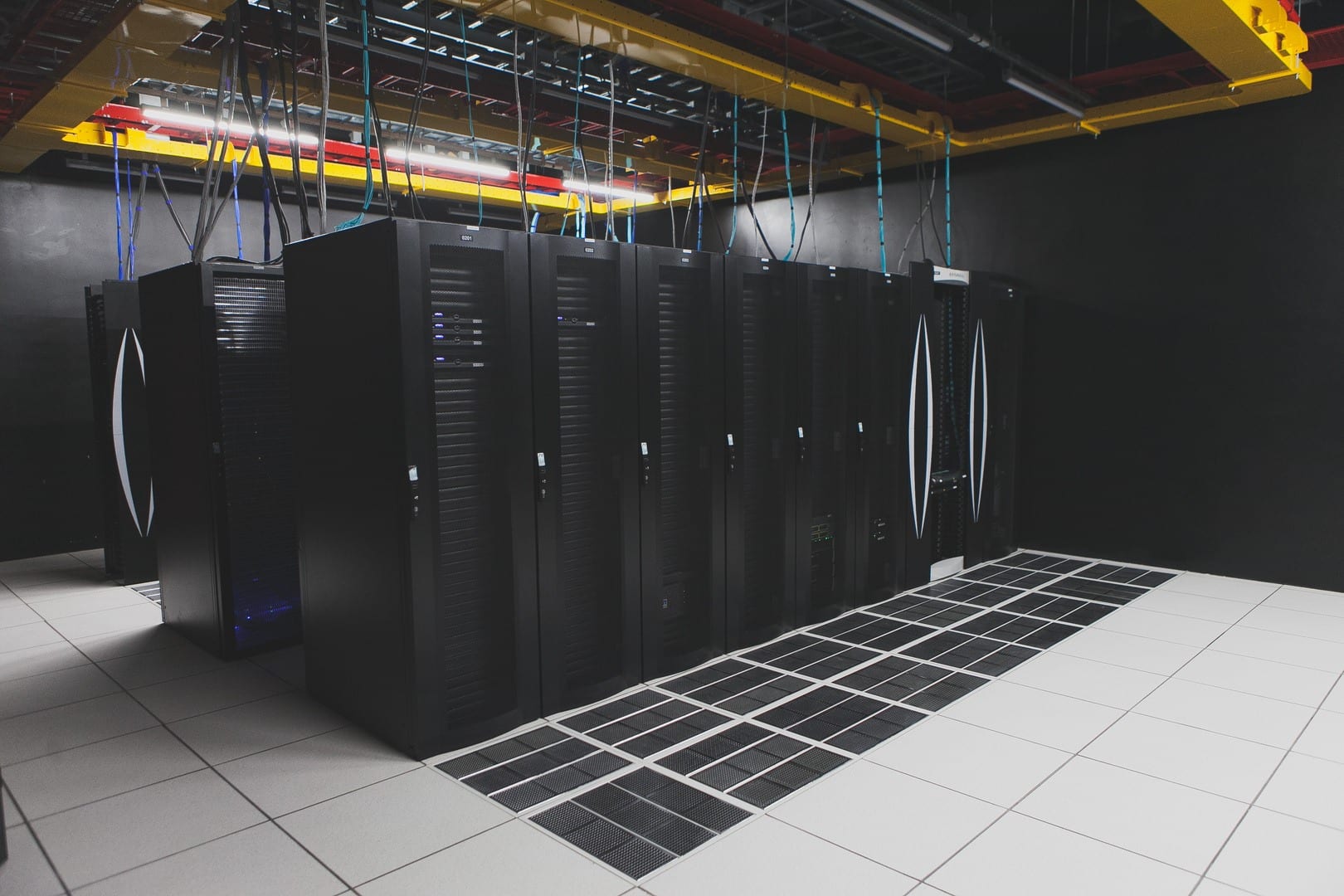On Premise vs Cloud or Colo – Why and how are companies doing this?
The move from what is considered the control and convenience of running a business’s IT infrastructure On Premise v Cloud or a Colocation facility is a major step for any sized business. Planning the move and the migration itself requires the experience of a team that has successfully moved services before which is why so many migrations are carried out by the existing IT team with the help of an experienced MSP. There are several ways to achieve the migration of on premise servers to a cloud Colocation model, dependent on how much or how little is moving and what dependencies on a pure cloud requirement have been considered.
Big bang or phased approach?
The journey organisations make from on premise to a colocation model is highly dependent on several factors but include equipment and plant running costs, the increasing difficulty of hiring the right skills to maintain an on-premise vs cloud IT operation, and the resiliency of power and of communications from the facility.
In this interconnected world where the goods and services an organisation sells need to be closer to the consumer, the connectivity between the consumer and the systems used by businesses to contact and communicate with them has become the most important part of the IT jigsaw.
This is where the decision to move to a colocation facility becomes a much easier recommendation as very few on premise operations have diverse communication links supporting their on premise services. A critical failure in a single communications link, such as fibre being cut from an errant building contractor across the street or down the road, could mean no external communications for weeks. One of the major benefits of moving from on premise to cloud is the mitigation of these uncontrolled events that may cause a significant IT outage if the service does not have multiple routes to the outside world.
Another consideration when moving to Colo is the assured power and cooling that comes with the facility and the savings you make from not having to worry about this. All established Colocation providers will guarantee the uptime of power and cooling to equipment housed in their data centres and will offer an SLA (Service Level Agreement) as to the uptime provided. This is normally more than 99.995% as the data centre will have battery power known as Uninterruptible Power Supply (UPS), which does two jobs. Firstly, the power to IT equipment is fed through the UPS so the power delivery is “smoothed” from the distribution grid, and secondly, it allows the equipment to continue to run while the grid is offline.
Migration from on premise to cloud via colocation appears from the sidelines to be an all or nothing decision. However, this could not be further from the truth as moving on premise servers to a private cloud within a colocation service that has managed services available can be as effective as the pure cloud model. Collocating your equipment rather than fully ditching it for a cloud deployment means that these assets can be utilised to the normal End of Life rather than being retired early or services moved off them in haste.


On premise vs Cloud or Colo?
The decision between on premise vs cloud has been made simpler with the expansion of Software as a Service (SaaS) products available from cloud providers as organisations adopt a “Cloud First” approach to IT provision. However, considering the use of cloud technologies, a cloud first model is not always the most cost effective or practical way to serve an organisation’s IT needs.
Cloud works well for services where availability and speed are paramount, but not so effective for services that are reliant on moving and processing data such as large databases and CRM (Customer Relationship Management) systems where data is extracted into another cloud or on premise to cloud systems. This data extraction, known as Egress charges, can be significant and had led to many organisations rethinking what are the benefits of on premise to cloud first strategy for their business. Their analysis has shown that a Hybrid IT model has the best Opex and operational control for their services and a higher proportion than first expected have moved some of their services back from the cloud to private clouds in colocation facilities. Alternatively, to MSPs where better scales of economy and simplicity of management can be realised.
These hybrid systems that include at least two of the available deployments of on premise servers, cloud services or colocation facilities coupled to private cloud systems are gaining popularity. It is another driver for the on-premise to colocation move as it immediately provides the organisation with connectivity to some of the most popular cloud services from the major cloud providers such as AWS, Google and Azure through their Express Route or Direct Connect services. These are only available at data centres.
Express Route and Direct Connect are connectivity routes to large public cloud companies that can be accessed “directly” as a service rather than the route to these services being via a public gateway or the public internet. These services are more secure and faster and can be more cost effective when considering all the equipment and services you would require to secure and provision services yourself when utilising a public network.


Which service is best on premise vs cloud or maybe colocation?
Unfortunately, there is no right or wrong answer, but if you follow the trend of IT developments then critical systems are moving to colocation facilities where all the plant, environmental and security aspects of running IT services are taken care of by MSPs such as Vissensa. Coupled with additional service layers such as technical service desks, backup and business continuity planning and operation.
Where the IT is intricately linked to how the business operates, the on premise vs cloud decision results in remaining “on premise”, but on premise utilising a colocation facility running a private cloud. MSPs such as Vissensa are being asked to help manage or fully manage these systems as part of a migration from on premise to cloud or private cloud managed under a colocation contract. Finding and retaining skilled staff who understand both on premise vs cloud operations, which do have their differences, are becoming harder to find and more costly to keep, so outsourcing that expertise is the best way to go.
Where cloud services are playing a bigger part in the organisation’s IT strategy, a hybrid model of critical systems migrating to colocation with a private cloud and front end customer focused systems being deployed in the public cloud providers seem to be the way to go. This hybrid model has a greater reliance on Direct Connect or Express Route services where speed, cost and resilience are guaranteed.
Still undecided whether it should be on premise vs cloud or maybe colocation?
For more information about how to plan a move to colocation facilities, or need a migration partner who can provide the essential managed services behind colocation, give Vissensa a call today.











